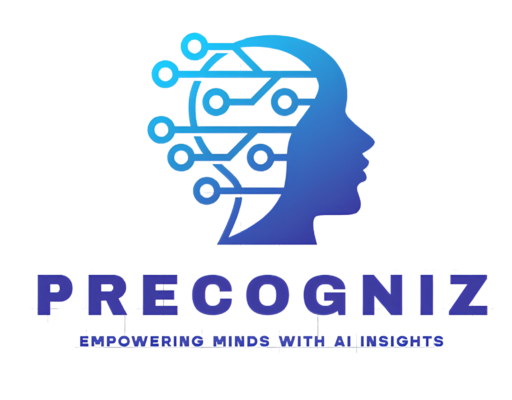-
0 Comments
AI vs. Human Intuition: OpenAI’s o1 Model Tackles the Complexity of Contextual Reasoning
OpenAI’s o1 Model:
- Designed to emulate human-like problem-solving and represents a step closer to Artificial General Intelligence (AGI).
Evaluation on NYT’s Connections Game:
- Connections challenges players to categorize 16 words into four groups based on shared themes.
- o1 performed well in some areas but made confusing groupings, highlighting its limitations in contextual understanding.
Examples of AI’s Errors:
- Grouped “boot,” “umbrella,” “blanket,” and “pant” as clothing or accessories (blanket doesn’t fit).
- Categorized “breeze,” “puff,” “broad,” and “picnic” under types of movement or air (illogical grouping).
Core Limitation:
- While capable of processing large datasets and computations, the model struggles with nuance, ambiguity, and common sense—areas where humans excel.
Implications for AI Development:
- Highlights the gap between current AI capabilities and true human-like reasoning.
- Serves as a guide for future AI research to focus on contextual and cognitive complexities.
Summary:
OpenAI’s o1 model, a step closer to achieving Artificial General Intelligence, showcases advanced reasoning but struggles with tasks requiring nuanced understanding and context, as evidenced in its performance on the NYT’s Connections game. While capable of handling structured data, it falters in common-sense reasoning, miscategorizing items due to limited contextual grasp. This underscores the need for further research to bridge the gap between human cognition and AI capabilities.

